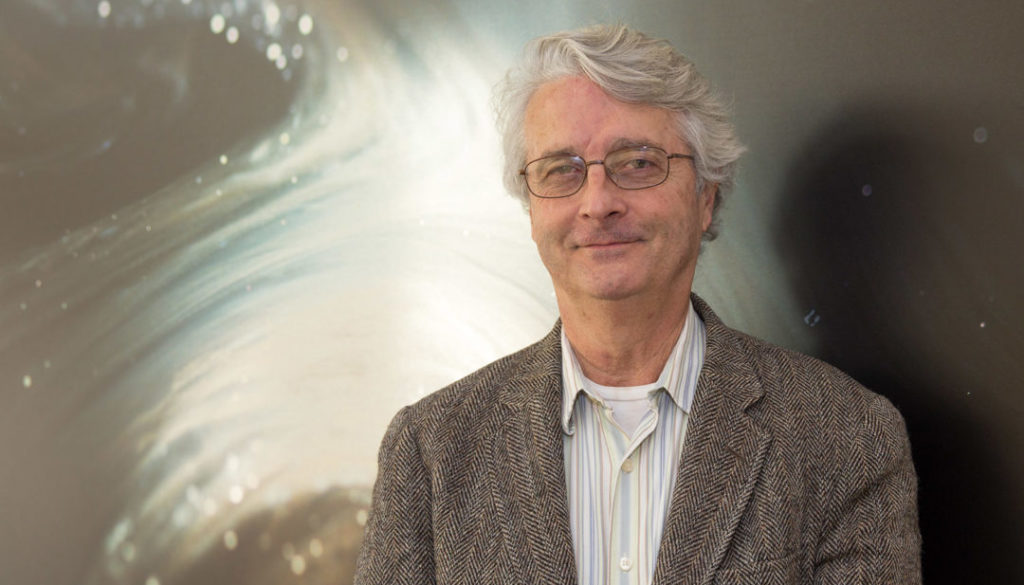Peter McIntyre Named Head of Texas A&M Physics and Astronomy
COLLEGE STATION —
Dr. Peter M. McIntyre has been appointed as head of the Department of Physics and Astronomy at Texas A&M University, effective June 1, announced Dr. Meigan Aronson, dean of the College of Science.

Dr. Peter M. McIntyre working in his lab with former graduate student Kyle Damborsky and former postdoctoral researcher Feng Lu. (Credit: Robb Kendrick / Texas A&M Foundation.) 
“I include a photo that is perhaps a bit eclectic, but captures the spirit of my group,” McIntyre says. (Credit: Peter McIntyre.)
The post Peter McIntyre Named Head of Texas A&M Physics and Astronomy appeared first on College of Science.


